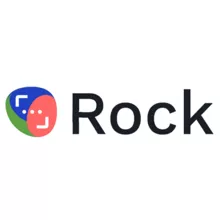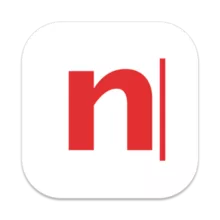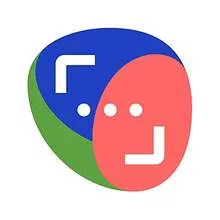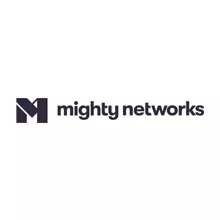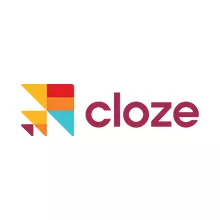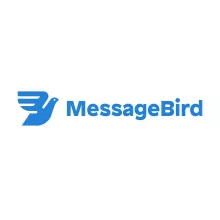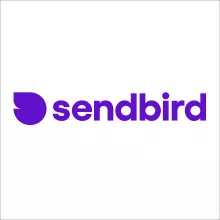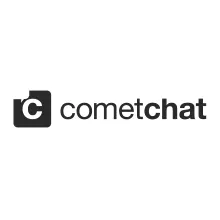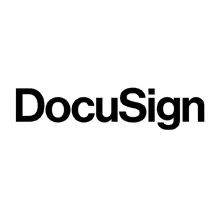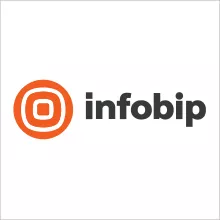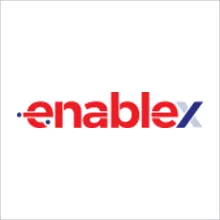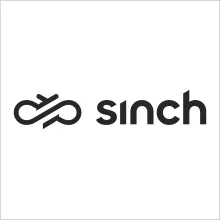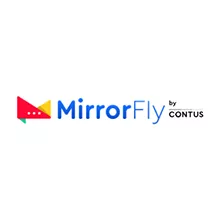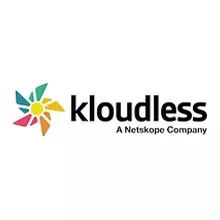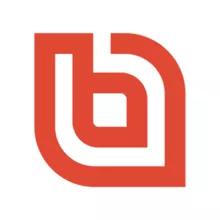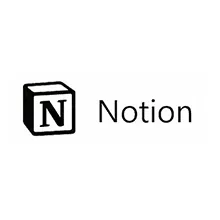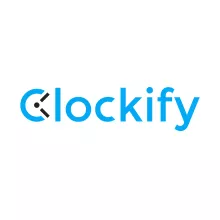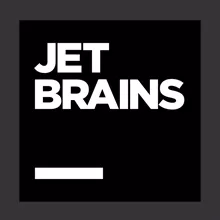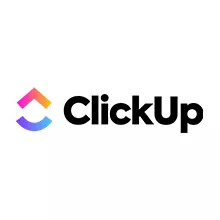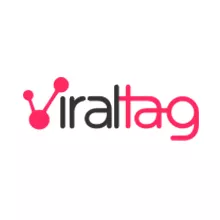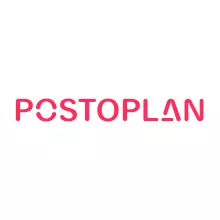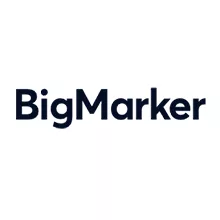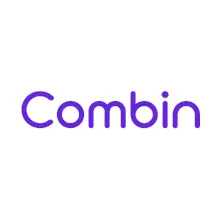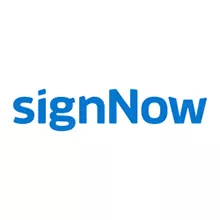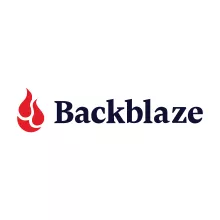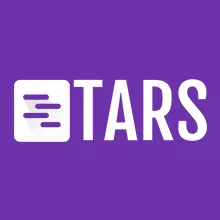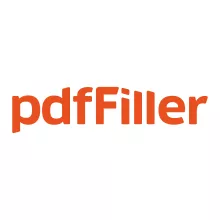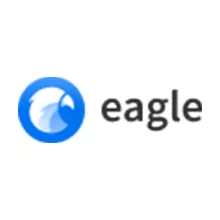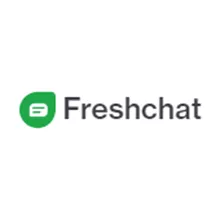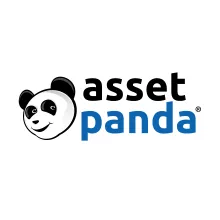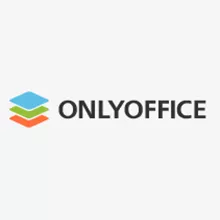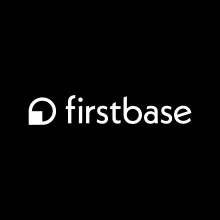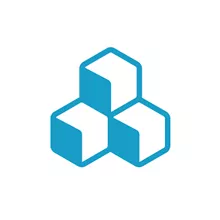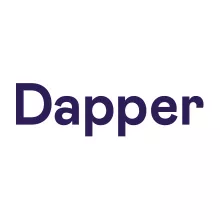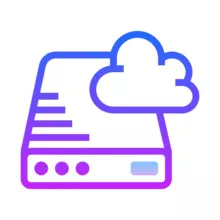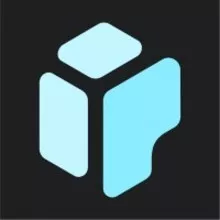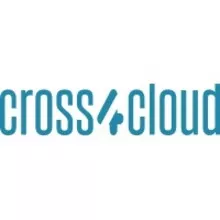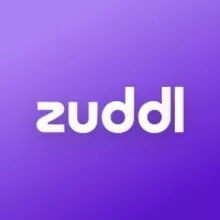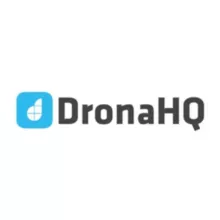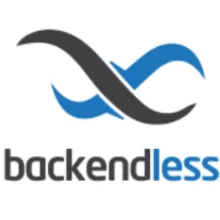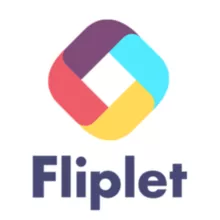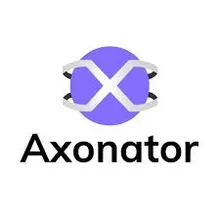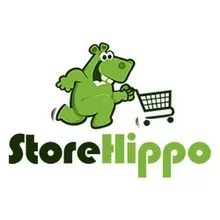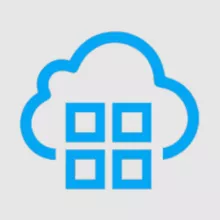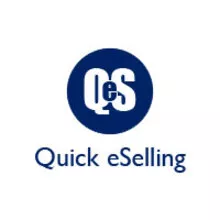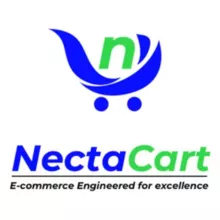Messaging and tasks platform with files
Database software refers to any programme that aids in the development of a database as well as the organizing, modification, and retrieval of data contained inside. The majority of the items in this category are made to be used in managing backend databases for websites and software programmes.
Users can store data in the form of tables, columns, and rows using the backend/database software, which makes it simpler to retrieve or update data manually or through programmatic access. Most products interact with databases using a Structured Query Language (SQL) set of commands.
These tools allow you to, among other things, construct and change interactive forms, copy and import tables or columns between files or inside the same file, run reports on data, and keep track of how well online applications are working. As a result, you can tailor actionable dashboards in more sophisticated products to your precise needs.
To know about Backend/ Database in Detail, read Backend Database.
WHAT BACKEND/DATABASE SOFTWARE YOU SHOULD SELECT?
When selecting backend/database software, it is essential to consider your team's technical expertise. Other products are better suited for seasoned programmers, while some are perfect for non-developers.
Look for a product with point-and-click capabilities if you don't know how to code. For example, products with GUI interfaces lets you create or edit a database without any programming experience. The necessary pieces can be easily dragged and dropped into layouts or forms.
However, if you have a group of skilled programmers on staff, you can pick cutting-edge software that can build a highly customized database. Additionally, tools are available for individuals just starting to dabble in coding. Some of these tools can also create bespoke databases, but anyone without programming skills will find them to have a steep learning curve.
Your database utilization is an additional crucial factor. For example, businesses anticipating a high volume of database transactions per day will require a different offering than small businesses with fewer users. Additionally, you should confirm that the product is compatible with the file types required for data import. For instance, you might need a product that can import comma-separated text, ODBC, and DBF (dBASE) data.
You can hunt for tailored solutions based on your needs. For instance, certain products are made specifically for log management and analytics in real-time. There are additional industry-specific solutions. For example, businesses in the voice recognition sector may want a solution with a variety of SDKs and APIs to make it simple and quick to integrate video, voice, verification, IM, and SMS into apps.
Make sure to read about the reasons Why Your Company Needs a Backend Database.

